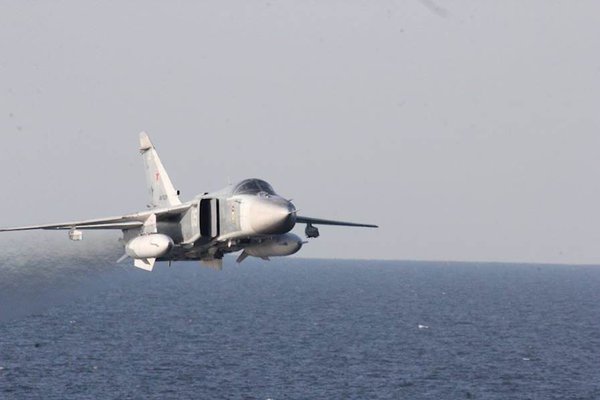Yup ~10% less still you need fly more than 1,000km/h though. BTW what makes MiG-1.44 with projected top speed ~3150 km/s a Ma 3 machine
Projected probably required the 18 ton thrust engines from Saturn... which might or might not ever exist.
On the contrary, the stratosphere (no pressure, no oxygen for the engines, T -60°C) is the normal flight level for the mig-25 (and U2).
Not strictly true... there is very thin air at that altitude and you would need enormous lungs and a very high breathing rate to get enough oxygen to breath properly... fortunately for jet aircraft the volume of air flowing through them at that altitude means sufficient air for the pilot to breathe can be provided by a combination of the air flowing through the engines and onboard o2 supplies.
Could the Mig-25 reach M3 speed? I do not have sources, but, afaik, yes. Easily. So easily that it required a computer control of the flight, in order not to exceed the aircraft's limits.
The limits for both the MiG-31 and MiG-25 in terms of top speed are engine related. Both are made primarily of stainless steel, though the MiG-31 have a lot of titanium in them as well in areas that get hot like leading edges etc.
The main problem is with the rotational speed of the turbojet engines when the flight speed exceeds mach 2.83.
Overheating the turbine blades makes them lose strength and shape... which basically trashes the engines.
The only aircraft to fly regularly at more than Mach 3 is the SR-71 which uses bypass air from the turbofan engines like a ramjet engine at high speed. the turbojets produce almost not forward thrust when the aircraft is flying at full speed so turbine blade integrity is not an issue. For the MiG-25 and MiG-31 they main propulsion is from turbojet and turbofan engines respectively.
For a moment I would love to think about a MiG-25 with a MiG-31s engines... there were plans for this but they never eventuated... the MiG-25 has 11 ton thrust engines, while the MiG-31 has 15 tons thrust engines... the performance of the MiG-25 would have been interesting... but it already accelerated relatively quickly and handled well at high altitudes with its large control surfaces.
What limits? Aerodynamic controllability, engines, airframe overheating; in this order. And the aircraft controllability started giving problems long before the engines. The airframe overheating can reduce the airframe strength and G-tolerance (but in a high supersonic interception the G-limit of the combat is about 1-2,5G), or the canopy ability to contain the pressurized cockpit. So, the first problems are the aerodynamic control and the engines. But many Mig-25 exceeded M 2,83 and also M 3 without problems. The problem was that, afaik, if there was not a good reason to exceed the limits, the pilot could have disciplinary problems.
Different speeds can be achieved for different periods... the MiG-31 could fly indefinitely at mach 2.4, and could spend 20 minutes at mach 2.6 and 5 minutes at mach 2.83 because of engine temperatures.
the disciplinary action against pilots was because of the cost of new engines...
Needed the M3 speed? In a correct interception, afaik, no. Why? Because the majority of the interceptions with the Mig-25 were in front of the target, with the target closing in.
And from the rear emisphere of the target? There were some limitations, due to the target's speed, so, from behind the maximum target speed had to be Mach 2,5.
Ideally, but it all depends on where the target is coming from and where it is going... the MiGs will try to get in front of the targets to fire their missiles but when the target is not heading towards their airfield they might not get that option... high speed and high altitude improves missile performance and increases effective missile kill envelope so climb and acceleration is always part of a long range AAM missile attack.
Needed the M3 speed? In a correct interception, afaik, no. Why? Because the majority of the interceptions with the Mig-25 were in front of the target, with the target closing in.
The only target where a MiG-25 would be really tested is an SR-71, but when the SR-71 is moving at full speed then IR guided AAMs should be the most effective way of dealing with the threat. SARH would also be very useful for a head on shot so it would be likely that the IR missile would be fired first followed by the SARH missile. Unlike in computer games firing all missiles at once is pointless with the AA-6 missiles because the IR missiles might lock onto the SARH missiles and of course if the target evades the SARH missile then it will likely evade them both, so firing an IR guided missile then a SARH missile increases the chance of hit while retaining the chance of a second two missile salvo before the target blasts past.









